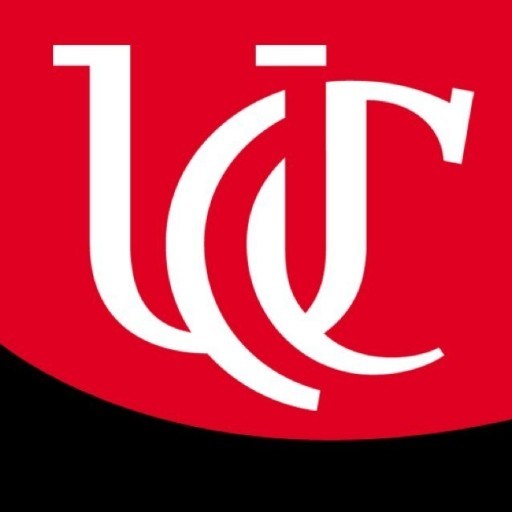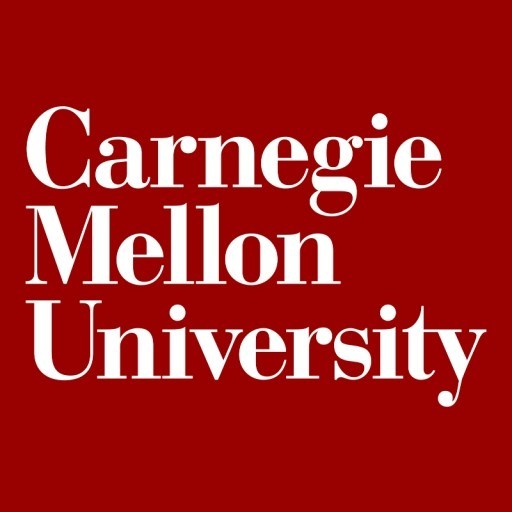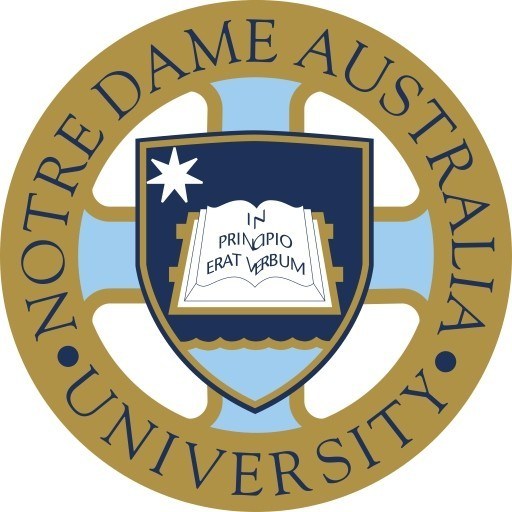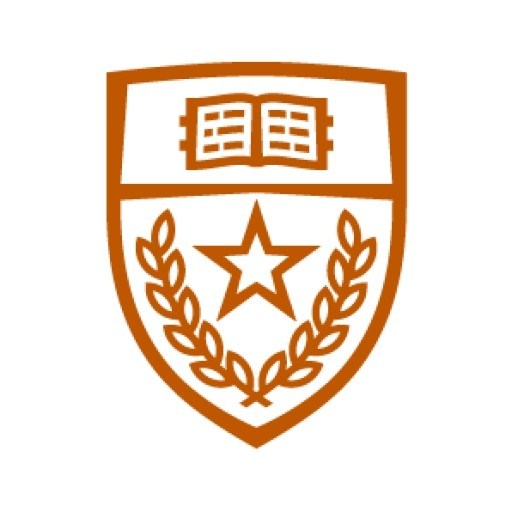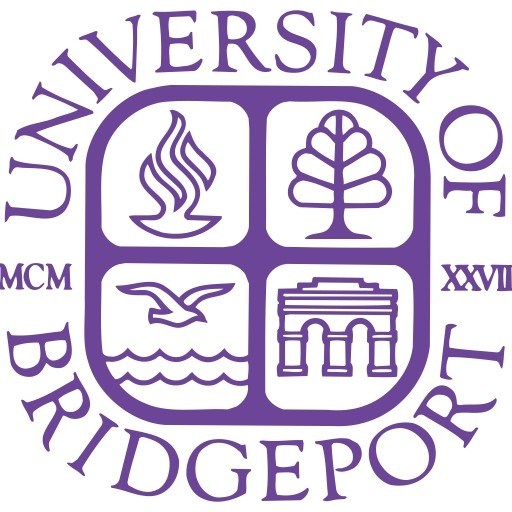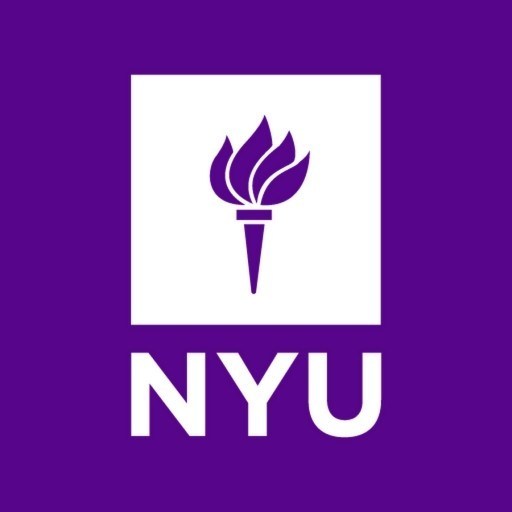Photos of university / #uofcincy
The Design program at the University of Cincinnati offers a comprehensive and innovative curriculum that prepares students to excel in the dynamic field of design. Emphasizing both creative artistry and practical skills, this program provides students with a solid foundation in visual communication, conceptual development, and technical proficiency. Students will engage with a diverse array of design disciplines, including graphic design, user experience (UX), interaction design, visual communications, and digital media. The program fosters a collaborative learning environment, encouraging students to work on real-world projects, participate in internships, and collaborate across disciplines to solve complex design challenges.
Throughout the program, students will develop a strong understanding of design principles, including layout, color theory, typography, and branding, which they will apply to develop compelling visual narratives. They will also learn to utilize industry-standard software and tools, gaining proficiency in Adobe Creative Suite, Sketch, Figma, and other relevant technologies. The curriculum is structured to promote critical thinking, innovation, and sustainability in design solutions, preparing graduates to meet the evolving needs of businesses, non-profits, and technological industries.
In addition to technical skills, the program emphasizes research and user-centered design practices, ensuring that students are equipped to create accessible, inclusive, and impactful designs. Faculty members bring extensive professional experience and industry connections, providing mentorship and guiding students through portfolio development, professional ethics, and entrepreneurial skills. The university’s state-of-the-art facilities, including dedicated design labs and digital studios, offer students an inspiring environment to practice and refine their craft.
Graduates of the Design program are well-positioned for careers in advertising, branding, digital media, web and app design, editorial design, and more. Many alumni have gone on to successful careers in design agencies, startups, and large corporations, or have chosen to pursue further studies in design and related fields. The program’s emphasis on innovation, practical experience, and professional readiness ensures that students are prepared to make meaningful contributions to the ever-changing landscape of design and creativity.
Year 1
- DSGN 7081 Thesis 1: Introduction Seminar
- DSGN 7001 Visual Studies: Color & Form Systems Thinking; intro.
- DSGN 7021 Design Strategy and Thinking
- DSGN 7041 Research Methods: Analysis + Synthesis
- DSGN 7061 Visual Perception + Visual Form + and Thinking
- PD 7001 Preparation for Professional Practice
- DSGN 7082 Thesis 2: Proposal Development
- DSGN 7002 Visual Studies: Multiple + Kinetic Systems; Intro. Programming
- DSGN 7011 Visualization Design Translational Research
- DSGN 7012 Product Design Transitional Research
- Research Methods: Directed Elective
- Thesis Elective: Exploration + Selection
Year 2
- DSGN 8081 Thesis 3: Writing - Studio
- DSGN 8001 Thesis Development with Chair
- Thesis Electives
- DSGN 8082 Thesis 4: Defense - Studio
- DSGN 8002 Thesis Publication with Chair
- Thesis Elective: Career Exploration
Elective Options
- DSGN 7091 Independent Study
- DSGN 7093 Independent Study
- DSGN 7095 Collaborative Research Project
- DSGN 7097 Master Class
- DSGN 7092 Independent Study
- DSGN 7094 Independent Study
- DSGN 7096 Collaborative Research Project
- DSGN 7098 Master Class
- DSGN 8091 Independent Study
- DSGN 8093 Independent Study
- DSGN 8095 Collaborative Research Projec
- DSGN 8097 Master Class
- DSGN 8092 Independent Study
- DSGN 8094 Independent Study
- DSGN 8096 Collaborative Research Project
- DSGN 8098 Master Class
- university application forms
- a baccalaureate degree in design or a related field from an accredited college or university. A 3.0 undergraduate grade point average (in a 4.0 grading system) is required.
- unofficial transcript(s) from all colleges/universities attended. Note: Official transcripts are not required during the admissions process, and only unofficial transcripts are required for the application. Applicants should not send official transcripts until they are offered admission. For complete requirements please visit the Graduate School transcript requirements: http://grad.uc.edu/admissions/policy.html
- a resume or cirriculum vitae summarizing accomplishments to date.
- at least two years of professional experience in design practice or teaching. Internships and sponsored projects can count towards this time.
- a statement of intent that briefly explains educational and professional background and makes a convincing argument for the importance of graduate studies in relation to personal and professional goals and expectations for the future
- a portfolio that includes 12-15 examples of visual work and completed projects as an indication of the level of skill development required to pursue graduate studies. A few examples should show the development process that led to the final project. This document must be submitted here: https://app.getacceptd.com/daap. We are no longer accepting website links or hard copies of portfolios.
- at least three personal references who can comment on past performance and future potential in academic and professional efforts
- applicants with English as a second language must have a score of 570 (paper-based) or 230 (computer-based) or 88 (Internet-based) on the Test of English as a second language (TOEFL). The International English Language Testing System (IELTS) is also accepted. For IELTS, an overall band score of 6.5 is needed.
Scholarships
- Graduate Assistantships
- Graduate Incentive Award
The University of Cincinnati offers a comprehensive Design program that emphasizes both creativity and technical skills to prepare students for successful careers in various design fields. The program focuses on developing a strong foundation in design principles, visual communication, and problem-solving strategies. Students engage in hands-on projects that encourage innovation and critical thinking, leveraging state-of-the-art facilities and resources available on campus. The curriculum often includes courses in graphic design, product design, interaction design, and related disciplines, providing a multidisciplinary approach to design education. Faculty members are experienced professionals and scholars committed to mentoring students and guiding their professional development. The program also emphasizes the importance of understanding user experience, sustainability, and contemporary technology trends in design. Students are encouraged to participate in internships, collaborative projects, and design competitions to gain real-world experience and build their portfolios. The University of Cincinnati’s location offers access to a vibrant design community, industry partnerships, and networking opportunities that enhance student learning and career prospects. graduates of the program are prepared to pursue careers in advertising, brand development, digital media, product innovation, UX/UI design, and entrepreneurship. The program also offers options for specialization or further study, including master's degrees or professional certification, to support ongoing career growth and expertise. Throughout their studies, students are supported by dedicated advisors and career services that assist with resume building, job placement, and professional development. Overall, the Design program at the University of Cincinnati aims to cultivate creative, competent, and ethically responsible designers who are ready to contribute to dynamic industries and society at large.
